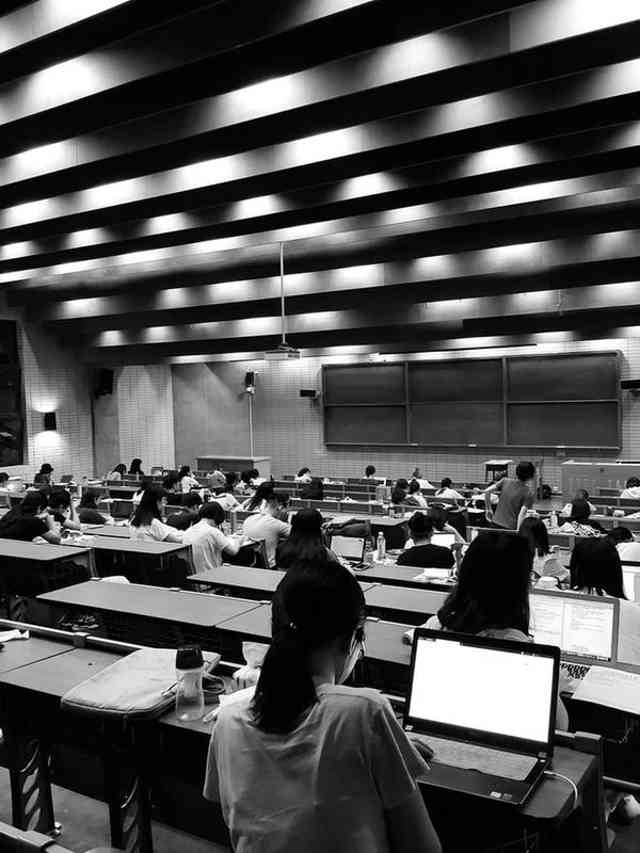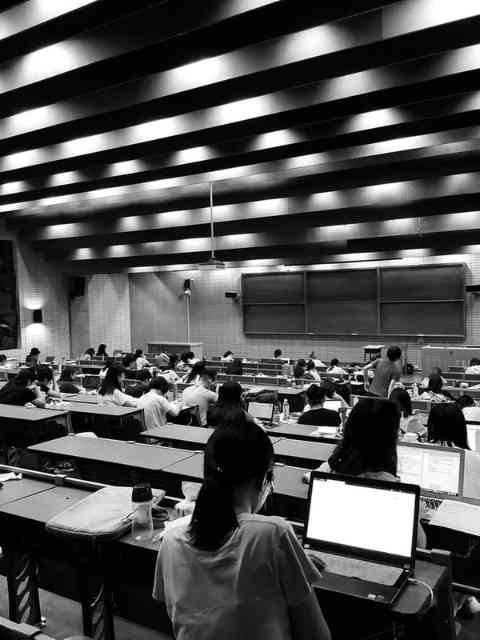There are schools that implement digital mechanisms into their curricula. There are those forbidding the use of these devices entirely.
This question fuels many heated discussions. The speculation on this dilemma is not a subject of this article. The focus here will be on positive examples of the use of technology in today's education.
So, what we will have with our learning process in the future? How will classrooms look in the future?
New technologies are paving the way for a future of education that we can only imagine.
Here are some examples of the most effective devices that are being applied as of now.


Cloud Computing
In the classroom of the future, students will need an electronic device able to provide access to different studying resources.
The easiest and maybe one of the most useful points of this device is quick access to different platforms and learning websites such as https://essaypro.com/write-my-essay.html (a professional writing service), World Cat (the world’s largest library catalog), and many others.
AR
It seems like augmented reality is going to shape the future world. For example, Google Glass, Oculus Rift, and other curious things already bring lots of new experiences in the modern world.
With the help of Google Glass and similar devices, the concentration on the learning process will be the highest. And the prospects for more in-depth knowledge in many fields are just fascinating.
3D Printer
3D printers can improve the learning process and bring it to a whole new level. It can advance developing creative thinking among students. This technology can be used to train future specialists in automated programming and design.
Students with CAD programs can just use a printer and save a lot of money on equipment, for instance.
Social Networks
More and more educational institutions are registering in Second Life to provide students with an online platform where they can communicate with each other.
In this way, students can concentrate on their studies and improve their works and ideas through dialogues with teachers and moderators. Also, it is a good feeling to be a part of something as large as a virtual world.
Teachers, lecturers, and professors have an important role in the process. They can act as guides, provide answers, and ask questions, uploading information instantly into the cloud. Educational evaluation through giving feedback on this platform is also a good thing. A socially-oriented approach to learning is the future of this sphere.
Flexible Display
In contrast to ordinary paper, electronic documents are not only durable (they simply cannot be torn) but also interactive.
Swipes and pluckers will help to reveal all the conveniences of such devices.
Biometrics - Eye-Tracking
Biometrics is usually associated with the security sphere as it uses what is unique for each of us: fingerprints, face, or voice recognition.
From an educational point of view, the institution could use fingerprints to prevent absenteeism, and when issuing books from the school library.
However, eye-tracking can also be useful, for example, by providing valuable information for teachers. It is also a visual representation of how a student absorbs information and understands the content. In advertising, the same research helps to determine how users respond to an ad and what exactly gets their attention.
Learning Through Play
There is one way to combine the pleasant with the useful: video games. KinectEDucation, for example, represents a single online community for educators and students who want to use Kinect for educational purposes.
It is quite possible that soon children will find learning fascinating and exciting. They won't even know the word "boredom"!
Multi-Touch Displays
Over the past few decades, we have seen the advent of video projectors in schools, as well as the transition from a conventional chalkboard to a whiteboard.
The next "whiteboard" may very well become a giant LCD touch screen that allows for greater interactivity. The main difference would be the possibility of data entry from many students at once.
There are already such tools as Samsung SUR40 analog for Microsoft Surface, a giant tablet in the form of a table.
Cameras
These can be found in many schools in the USA. The reason may be security first, yet cameras can widely be used in education as well.
Just think about endless opportunities the recordings may have in advancing social studies like psychology or sociology!


On the Last Note: Education Beyond the Classroom
It is clear that education may no longer be limited to formal institutions such as schools and physical classrooms. And this can be considered the greatest innovation affecting the educational process.
Hopefully, students will treat their studies as a pleasant part of their lives very soon. The incorporation of all the innovations mentioned above is a good way to make this possible.
You can see how wide is the list of modern devices for educational classrooms, and there are lots to add here!